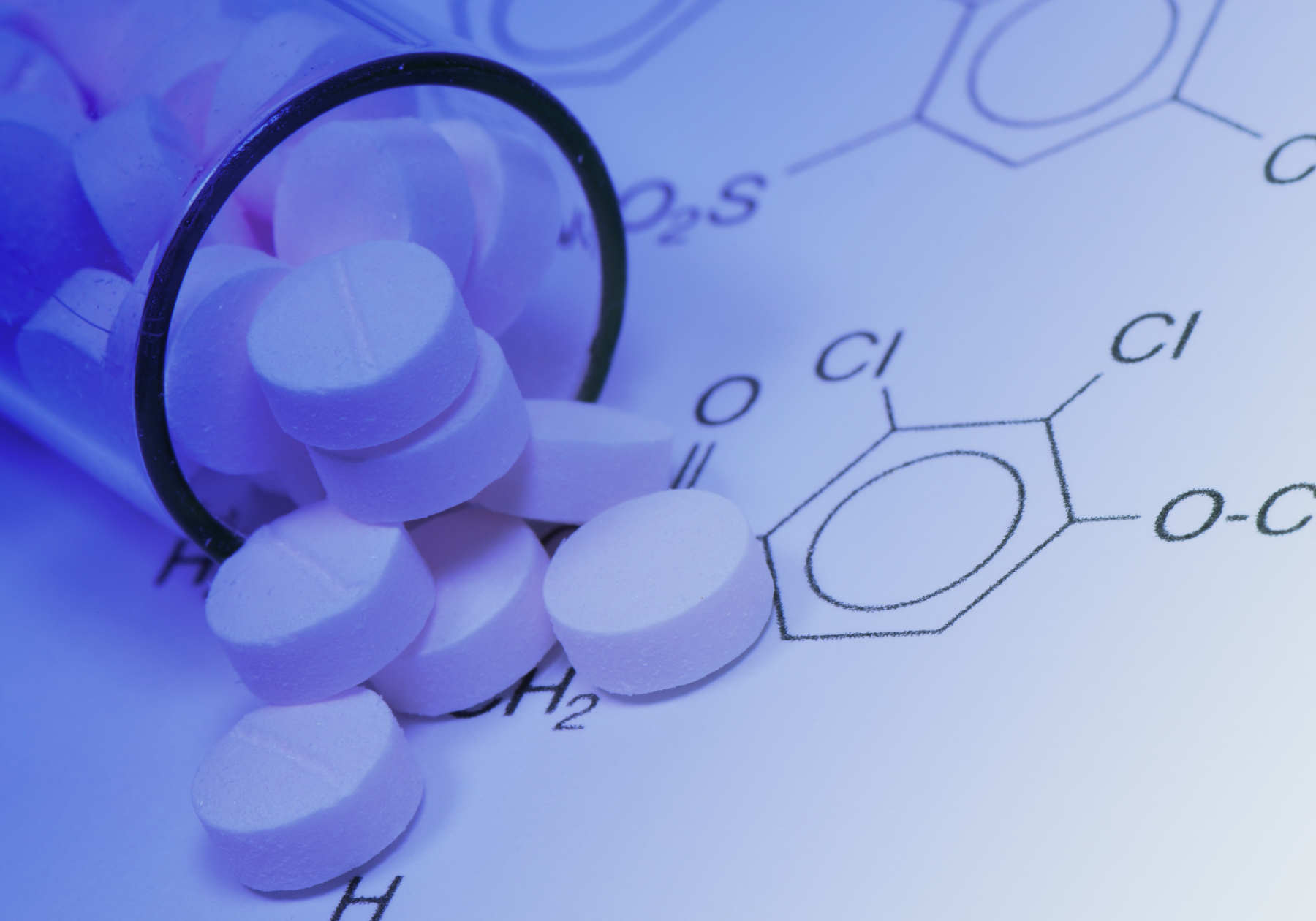
For sponsors developing new therapies, one of the most critical milestones on the regulatory pathway is preparing and submitting a New Drug Application (NDA). While biologics require a Biologics License Application (BLA), small-molecule drugs follow the NDA process. The NDA is more than a regulatory formality—it is the sponsor’s comprehensive demonstration to the FDA that a new drug is safe, effective, and manufactured with consistent quality.
What Is a New Drug Application?
A New Drug Application (NDA) is the submission that sponsors use to request FDA approval for a new small-molecule drug to be marketed in the United States.
Key points about NDAs:
The Scope of an NDA Submission
A complete NDA requires extensive documentation covering the full development lifecycle of a drug. Core components include:
The NDA provides the FDA with all the evidence necessary to decide whether the drug should be approved for commercial distribution.
Why NDAs Face Regulatory Challenges
Although small-molecule drugs are generally less complex than biologics, CMC and documentation challenges still create risks for NDA submissions. Common issues include:
Even with strong data, a weak submission can result in costly delays.
The Role of Expert Regulatory Writing in NDAs
A successful NDA depends not only on the quality of the data, but also on how effectively that data is communicated. Expert regulatory writing ensures that:
At GLOBAL, our regulatory writers and consultants bring deep experience in NDA preparation, supporting sponsors in delivering submissions that are scientifically rigorous and strategically aligned.
Conclusion
The New Drug Application (NDA) is the critical step in bringing small-molecule therapies to patients. By demonstrating safety, efficacy, and quality, a successful NDA opens the door to commercialization and clinical impact.
But preparing a regulator-ready NDA requires foresight, precision, and expertise across both science and communication. GLOBAL’s experienced regulatory writers and consultants can help you navigate this process with confidence—ensuring your NDA stands up to FDA scrutiny and keeps your program on track.
Contact us today to learn how we can support your NDA submissions and accelerate your path to approval.
The 510(k) pathway may be well established, but success depends on precision and clarity. With deep experience across medical device categories and FDA submission types, our team at GLOBAL helps you bring safe, effective technologies to patients—faster and with confidence.
The In Vitro Diagnostic Regulation (IVDR) (EU 2017/746) is the European Union’s regulatory framework governing in vitro diagnostic medical devices—tests and instruments used to examine human samples like blood or tissue. For manufacturers, understanding the IVDR is essential for maintaining or gaining access to the EU market.
For drug developers, FDA approval is a long and complex journey. Two of the most important milestones on this path are the Investigational New Drug (IND) application and the New Drug Application (NDA). While both are critical submissions, they serve very different purposes.